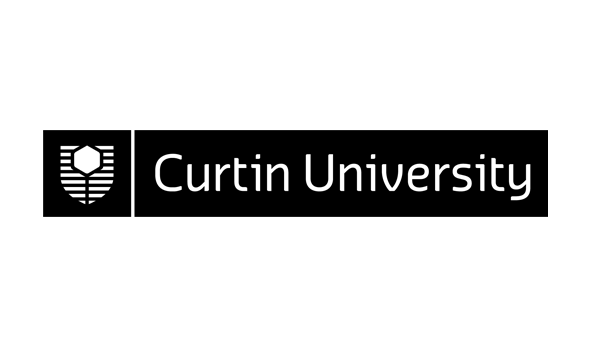309595 (v.1) Electronic Arts 511 - Mediated Body
| Area: | Department of Art |
|---|---|
| Credits: | 25.0 |
| Contact Hours: | 4.0 |
| ** The tuition pattern below provides details of the types of classes and their duration. This is to be used as a guide only. For more precise information please check your unit outline. ** | |
| Lecture: | 1 x 3 Hours Weekly |
| Tutorial: | 1 x 1 Hours Weekly |
| Syllabus: | This unit exposes students to theories, histories, forms of interactions, interfaces and networks. It aims to guide students in formulating strategies that may lead to the creation of meaningful and enriching experiences. A wide range of electronic mediatheories and related histories will be employed to investigate the mediated body. The following areas will be explored and questioned: post-digital theories and concepts, philosophical connections to the body mediated through networks and biological architecture augmented by technological apparatus. A key theme of this unit is to question humans' evolving relationship with technology, namely - is the idea of humanising technology a post-human imperative? |
| ** To ensure that the most up-to-date information about unit references, texts and outcomes appears, they will be provided in your unit outline prior to commencement. ** | |
| Field of Education: | 100300 Visual Arts and Crafts (Narrow Grouping) |
| SOLT (Online) Definitions*: | Informational *Extent to which this unit or thesis utilises online information |
| Result Type: | Grade/Mark |
Availability
| Year | Location | Period | Internal | Partially Online Internal | Area External | Central External | Fully Online |
|---|---|---|---|---|---|---|---|
| 2009 | Bentley Campus | Semester 1 | Y |
Area External refers to external course/units run by the School or Department or offered by research.
Central External refers to external and online course/units run through the Curtin Bentley-based Distance Education Area
Partially Online Internal refers to some (a portion of) learning provided by interacting with or downloading pre-packaged material from the Internet but with regular and ongoing participation with a face-to-face component retained. Excludes partially online internal course/units run through the Curtin Bentley-based Distance Education Area which remain Central External
Fully Online refers to the main (larger portion of) mode of learning provided via Internet interaction (including the downloading of pre-packaged material on the Internet). Excludes online course/units run through the Curtin Bentley-based Distance Education Area which remain Central External

